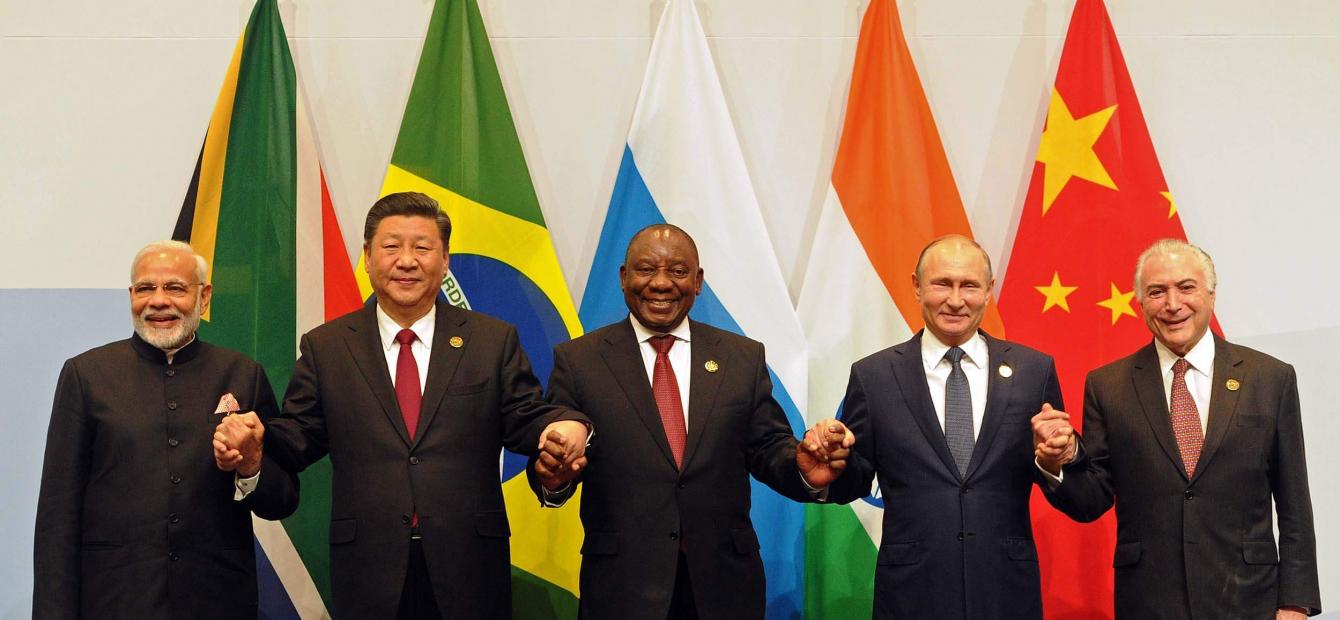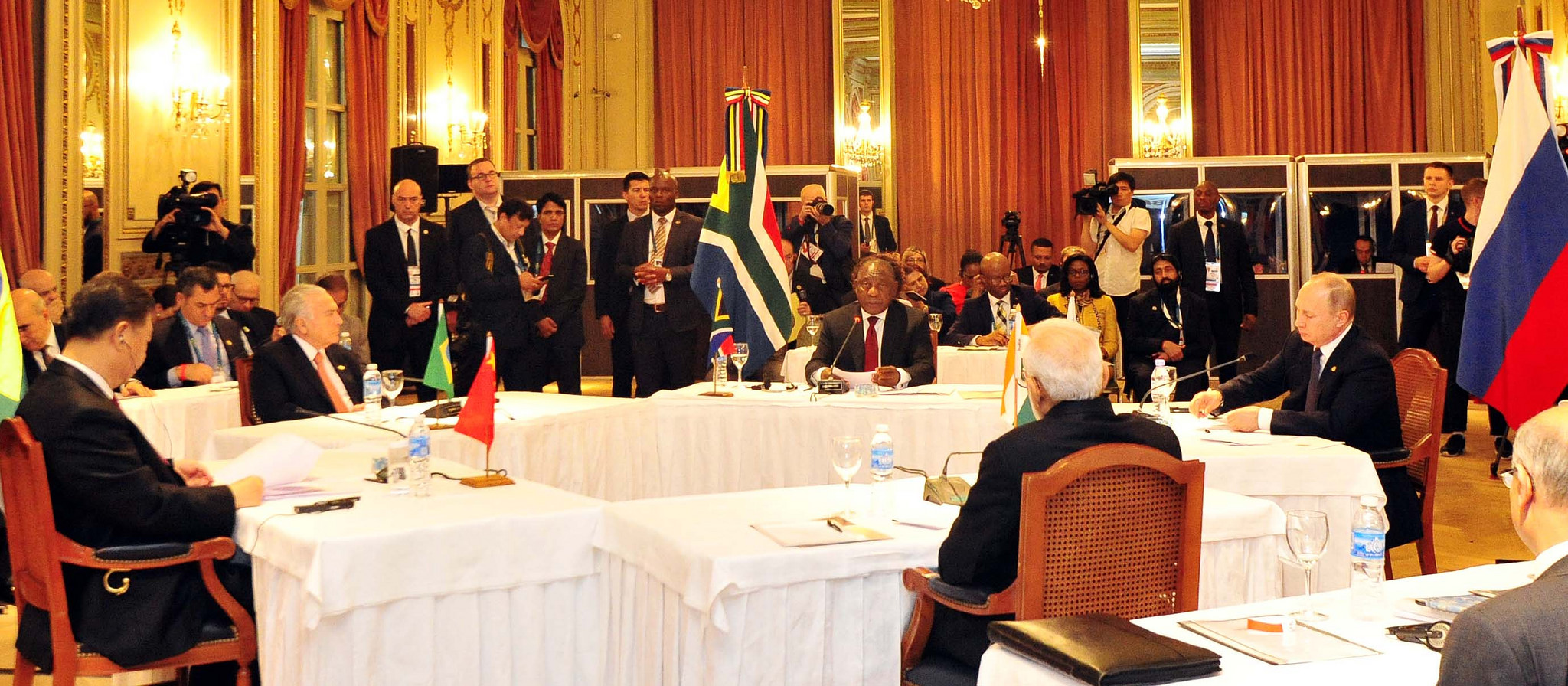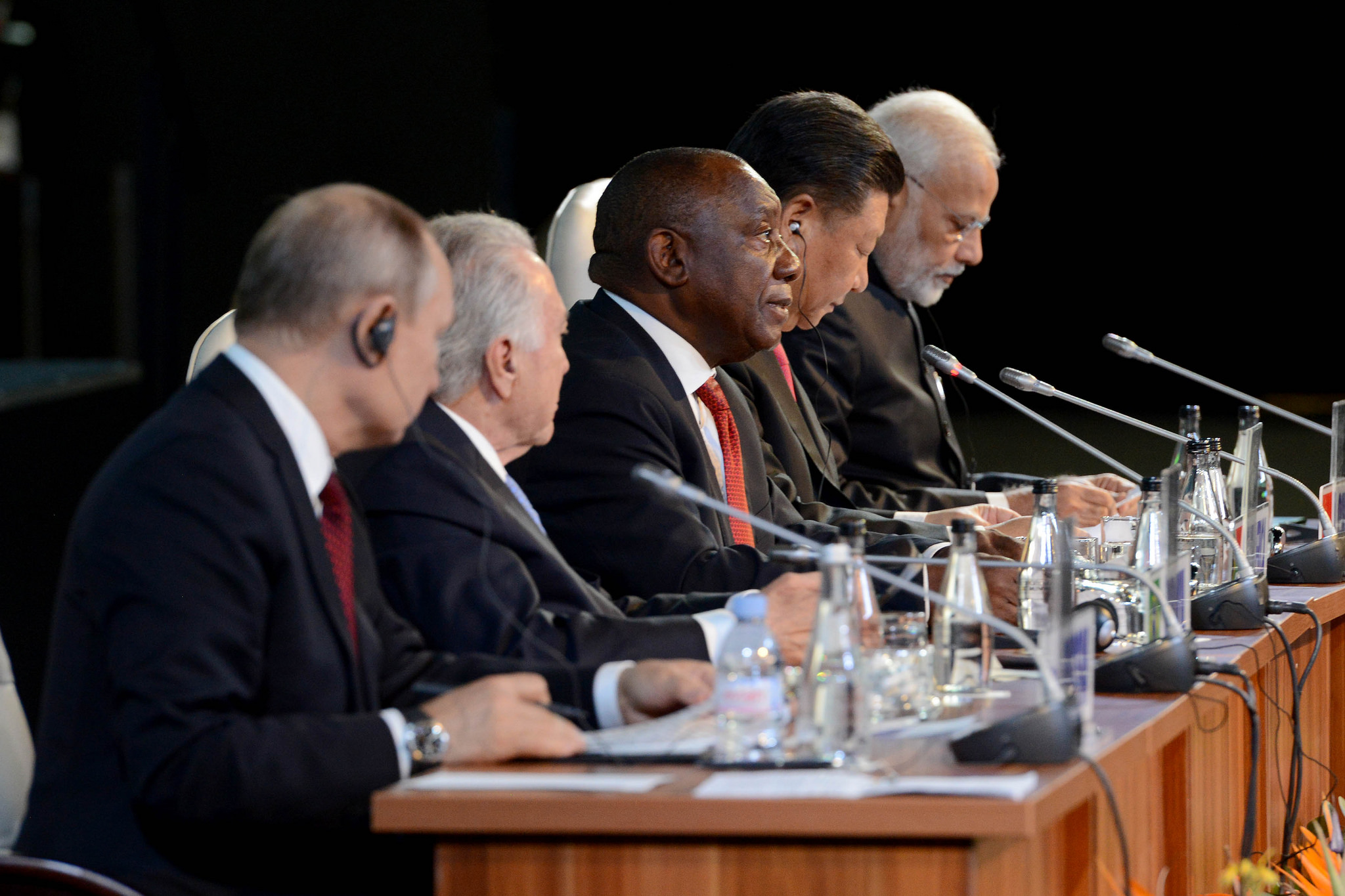
Are the BRICs still relevant to understand today's world?
In 2001, Jim O’Neill created the acronym and concept BRICs, predicting the growing economic importance of Brazil, Russia, India and China. Is seventeen years later, the concept of the BRIC(S) still relevant to understand today’s world?
Some might say, as the creator of the acronym, I might not be the most objective arbiter in trying to answer the question posed above, but I shall try to be objective about the issue as I do about many when it comes to what is going on in the world.
There are some that might even argue that the concept wasn’t relevant over 17 years ago in 2001, when I first wrote about it. Indeed, I have read endless things about the acronym and concept over the years, and amongst the amusing things for me, is that it is sometimes clear, many who opine on it don’t appear to have read the very first paper, titled “The World Needs Better Economic BRICs”, published in 2001. Many make judgement about the idea based around either direct reading or probably more likely other references to the 2003 piece “ Dreaming with BRICs” where we laid out a vision of what the world might look like in 2050. Let me refer to each, as a build up to a more thorough answer of the question posed.
One of the main reasons I say many people don’t appear to have read the 2001 initial paper on BRICs is that its main thrust was to argue that, in that decade ahead, ending in 2010, would lead to a rise of the relative economic importance of all of; Brazil, Russia, India and China, and in line with this, the - then- current state of world economic governance would not be fit for purpose, and reform of many organisations, and certainly the likes of the G7, G8 were severely needed. Indeed, the main concluding idea was to, firstly, have all members of the Euro Area, that now shared a common currency, and with it, a common monetary policy cease to be members of the G7 or G8. Specifically, this meant that France, Germany and Italy, should cease to be independent G7 members, and cut their collective representation from 3 to 1. This would allow room for membership of China, and possibly India and Brazil to join, and a new grouping, not much larger, along with Russia that had already joined the G8 to take over.
The advent of the BRICS political leaders meeting around this era added to its legitimacy
Of course, this has never happened, but I would argue very strongly that 17/18 years later, the G7 has ceased to serve any purpose as a globally representative economic body. There have been many examples why this is the case, the most recent one being the almost farcical G7 meeting of 2018 where President Trump publicly questioned its value- perhaps one of the few things I have agreed with him about. Yes, the current G7 exists of western democratic nations, but what does that have to do with the modern complex world in which we live?
The advent of the G20 following the horrific global economic and financial crisis of 2007/2008, in my view, also legitimised the relevance of the BRIC concept, primarily as by bringing in China, India, Brazil and Russia, along with some other so-called emerging economies. President Bush was attempting to show a truly globally unified position in getting rid of what seemed like genuine risks at the time of a 1930’s style economic slump. And of course, the advent of the BRICS political leaders meeting around this era added to its legitimacy.

In my view, the G20 might be a bit cumbersome but it is certainly much more of a legitimate representation of the modern complex world, and a vast improvement of the G7/G8. I would also add that, the persistence of the G20, of which each of France, Germany and Italy all are represented, simply adds to my view since 2001 that the G7 serves no modern purpose.
Justified hype around the BRIC-countries?
I shall now turn to the other, oft stated criticism about the BRIC(S) acronym, in particular, that I have been wrong about Brazil and Russia, and only China and India have justified the hype that came along with the acronym. I ,myself have occasionally joked that perhaps I should have called the acronym “ IC” based on the clear disappointment of the Brazilian and Russian economies in the current decade since 2011, where both have clearly significantly underperformed compared to what the 2050 scenario path laid out.
Some observers have often described the BRICS acronym as marketing slogan for investment, but that was never my intention. It is true, that many specialist BRIC investment funds came into existence because of the concept and its popularity during the Noughties, but if it wouldn’t have been for the economic growth of all of the four BRIC countries during that decade, then this wouldn’t have happened.
Of course, I never suggested South Africa should turn the small s- for plural- into a large S to include them. I do congratulate that country for its political acumen, but in my view, it didn’t make any sense for the other BRIC country political leaders to invite them to join them back in 2008, nor has it done ever since, at least in terms of economics. South Africa is an economy still not 500 billion dollars in size, there are many other emerging economies that are considerably larger, for example, Mexico, South Korea and Indonesia, to name just three, and its growth rate has been extremely disappointing ever since it did join the economic club. I have often pointed out that China creates another South Africa every 3 months. Coincidentally, ever since South Africa became associated with the BRIC concept, it coincided with the collective BRIC economic growth rate starting to slow down. But let me repeat, despite these- economic observations- I do congratulate South Africa, and i think they can bring something to their collective BRICS political leader’s meetings. Indeed, I have witnessed some evidence of this, when I had the privilege of leading a global Review into Antimicrobial Resistance ( AMR) for the UK Prime Minister. The South African government played an important role in ensuring BRICS support within the G20 for AMR to get proper attention at their 2015 G20 meeting.
Collective growth of BRIC-countries
Let me turn back to the growth performance of the four main BRIC countries. Despite the disappointment of Brazil and Russia this decade to date, what a lot of commentators don’t seem to understand is that these economies along with China and India grew so well from 2001-2010, that each of them by 2010 were much larger in US$ terms than any of the 3 different main scenarios I laid out in 2001. Indeed, Brazil, even with its hugely disappointing decade to date is still bigger than Italy, something that occurred nearly a decade earlier than I had considered possible.
What is undoubtedly true is that each of Brazil and Russia need to do a lot to improve their economic performances, and if they don’t, when I try to objectively answer the question in another 15 years, when we will be close to 2035- the period where I postulated that the combined US$ size of the BRIC economies could become as large as the G7-, the answer will be that neither have succeeded. Brazil and Russia both need quite identifiable economic reforms, in particular to reduce their dependency on commodity price swings, and take steps to boost their productivity performance, not only of their non-commodity sectors. Russia also needs to do something to compensate for its poor demographic outlook.

As for China and India, no doubt each of them will face some years where serious questions may be asked about their economic performance also. Indeed, China seems to be going through that now, and if I had more space to write, I would mention some of the doubts I have myself about China’s growth performance for the first time in over 20 years. But notwithstanding these, China is still broadly on course for becoming as large as the US before 2030- something which perhaps the US now is trying to stop- while India is slowly making progress up the relative rankings. Precise timing will be based on currency movements of the Rupee, Euro and Pound slightly, but I will be very surprised if by 2020, India is not clearly established as the 5th largest economy, a bigger economy than either France or the UK, and then next decade, up to 2030, India will be getting closer to the size of Japan, and might have already reached the size of Germany.
Collectively, the BRIC countries are already bigger than the Euro Area, and unless China slows dramatically , and persistently, the collective size of the BRIC countries will be soon as big as the US. And of course, as I mentioned already l albeit briefly, they have already had their leaders, along with that of South Africa, be part of the BRICS political club for 10 years.
I look forward to trying to answer the question around 2035 when I suggested the BRIC collective size would match that of the G7 countries.


